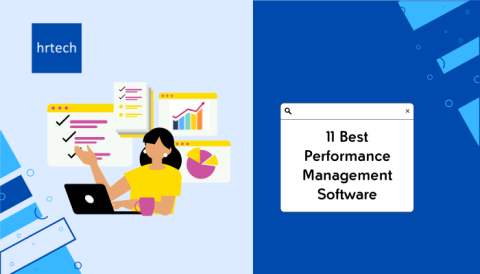TL;DR
- Many performance reviews fail because they rely on outdated tools, unclear goals, or feedback that comes too late to be useful.
- Modern methods like OKRs, 360 feedback, and BARS give structure while staying flexible to how people work and grow.
- Each method has strengths and limits. Your choice should match your team’s maturity, business goals, and feedback habits.
- Combining methods often works better than picking one. Start small, test early, and adjust based on what your teams can support.
- TeamLease helps you build appraisal systems with the right tools, talent, and learning support across every stage of the employee lifecycle.
Introduction
You already know performance reviews feel broken. They happen too late, too slowly, and often say little about how work gets done.
You try to be consistent, but feedback varies between teams, managers, and functions. Only 45 per cent of leaders think their company uses consistent tools to manage performance.
If that sounds familiar, you’re in the right place. In this blog, you’ll find seven modern appraisal methods that help you fix what’s not working.
What Is Performance Appraisal?
Performance appraisal is the structured process of evaluating an employee’s contribution to business goals over a defined period. It helps leaders identify how individuals are performing, where they need support, and how their work contributes to larger objectives.
Unlike one-time conversations or informal check-ins, appraisals offer a documented system that links individual growth with business outcomes. It also builds accountability by creating a clear record of achievements, missed targets, and areas that require more focus or better support.
When done well, performance appraisal helps people feel seen, and it gives managers a tool to guide progress with clarity. Most businesses use some form of appraisal, but the impact varies wildly depending on how it’s built and how it’s used.
Let’s take a moment to see what makes modern methods different before we walk through the seven approaches that work.
Traditional vs Modern Appraisal Methods
Traditional appraisals tend to focus on periodic evaluations, often led by a single manager using static metrics and delayed feedback.
Modern methods take a different approach. They use continuous input, broader perspectives, and smarter tools to better reflect how people contribute.
Here’s a quick comparison to show how they differ on key aspects.
| Aspect | Traditional Methods | Modern Methods |
| Frequency | Annually or biannually | Ongoing, quarterly, or project-based |
| Feedback Source | Usually one manager | Multiple stakeholders, including peers and reports |
| Focus | Past performance | Continuous progress and future development |
| Metrics | Generic rating scales | Context-based behaviours and goal tracking |
| Documentation | Formal review forms | Digital systems with real-time updates |
| Employee Role | Passive recipient of ratings | Active participant in feedback and goal-setting |
| Use Case | Salary decisions or compliance | Development, coaching, and role clarity |
Now that you’ve seen the shift, here are seven modern methods that support better performance.
7 Modern Performance Appraisal Methods
Each method listed here focuses on context, flexibility, and clarity. They help you evaluate performance based on how your teams work.
No single approach fits every team or manager. The best results often come from using two or three of these together.
Let’s walk through each one so you can decide what suits your organisation best.
1. Continuous Real-Time Feedback for Ongoing Performance Insights
This method uses frequent, short inputs that capture employee behaviour or results as work happens across the review cycle.
- How It Works: Managers or peers share feedback weekly or monthly through forms, notes, or platforms that log ongoing progress.
- Pros:
- Promotes timely performance conversations.
- Helps resolve issues early.
- Builds feedback into the normal work rhythm.
- Cons:
- May lack structure without clear guidelines.
- Requires managers to consistently document and follow up.
- Ideal For: Project-based teams or fast-moving roles where regular input helps people stay on track.
2. 360-Degree Feedback for Well-Rounded Evaluation
360-degree feedback gathers performance input from peers, managers, direct reports, and sometimes clients to build a broader picture.
- How It Works: A standard feedback form is shared with selected reviewers. HR compiles their responses into a report that highlights trends and themes.
- Pros:
- Offers multiple viewpoints.
- Highlights collaboration and interpersonal skills.
- Reduces manager-only bias.
- Cons:
- Needs trust and a clear purpose.
- Can fail if anonymity or intent is unclear.
- Ideal For: Leadership reviews, matrix roles, or team-based performance discussions.
3. MBO and OKR-Based Appraisals for Goal-Focused Reviews
This method connects individual performance to well-defined goals reviewed at regular intervals.
- How It Works: Employees set objectives at the start of the quarter. Managers track progress through check-ins or shared dashboards.
- Pros:
- Connects daily work with larger business priorities.
- Makes expectations clear and measurable.
- Cons:
- May ignore soft skills.
- Can lose value if goals are tracked only once.
- Ideal For: Sales, tech, product, or roles with measurable deliverables and clear ownership.
4. BARS Method for Clear Behavioural Expectations
Behaviorally Anchored Rating Scales use behaviour-based examples to guide performance scoring.
- How It Works: You define role-specific behaviours, then build a scale with detailed descriptions tied to scores from low to high.
- Pros:
- Brings clarity to reviews.
- Helps managers explain ratings with specific behaviours.
- Cons:
- Takes time to design well.
- Requires updates as roles change.
- Ideal For: Support, operations, or any role where behaviour matters as much as output.
5. Critical Incident Method for Evidence-Based Reviews
This method records key moments, positive or negative, over the review cycle to support appraisal discussions.
- How It Works: Managers log notable events using a tracker. Notes are referred to during reviews for fairer and more specific evaluation.
- Pros:
- Adds evidence to feedback.
- Improves accuracy by tracking examples over time.
- Cons:
- Needs discipline to maintain. It can feel intrusive if not explained early.
- Ideal For: Frontline teams, customer service, or high-accountability roles.
6. Assessment Centre Method for Skill-Based Testing
Assessment centres use structured tasks to observe behaviours like leadership, teamwork, and decision-making.
- How It Works: Employees complete simulations, case studies, or group exercises. Trained assessors score them using clear performance criteria.
- Pros:
- Captures skills under pressure.
- Gives insight beyond past achievements.
- Cons:
- Time andcost-intensivee.
- Needs skilled assessors and well-designed tasks.
- Ideal For: Leadership hiring, internal promotions, or roles that require judgment beyond daily execution.
7. Psychological Appraisals and Self-Assessment for Future Readiness
This method explores personality traits, thinking styles, and decision patterns to support long-term development.
- How It Works: Employees complete assessments. Results are shared during structured sessions and often linked to development or coaching plans.
- Pros:
- Reveals patterns not seen in daily work.
- Supports career planning and future readiness.
- Cons:
- Can feel personal or abstract.
- Requires trained professionals to interpret results correctly.
- Ideal For: Succession planning, leadership development, or roles where behavioural traits matter more than technical skills.
Not every method fits every team. Here’s how to choose what works for you.
Choosing the Right Appraisal Method for Your Organisation
The right appraisal method depends on what you want to solve and what your teams can consistently support over time.
Before choosing, consider the structure of your teams, the maturity of your managers, and what feedback culture already exists.
Start by asking yourself a few practical questions:
- What problem are we solving?
Are you fixing bias, low follow-through, unclear goals, or poor tracking of daily performance?
- How measurable is the work?
If outputs are clear and trackable, OKRs or MBOs may work. Creative work may need behaviour-based scoring instead.
- How prepared are managers?
Are they trained in giving honest feedback? Do they have time to track incidents or conduct structured reviews?
- Do employees trust the process?
360-degree methods need psychological safety. Feedback must feel fair, private, and connected to development, not politics.
- How consistent is performance tracking?
Critical incident methods or BARS need ongoing notes. If habits are missing, start with lighter systems like monthly ratings.
- Is one size enough?
Some roles need multiple views. You can combine real-time feedback with OKRs or layer 360 input into MBO-style reviews.
Once you pick a method, you still need support to make it work across your teams. Let’s see how TeamLease can support performance across hiring, tools, and learning.
Where TeamLease Adds Value in Performance Enablement
Even the best appraisal method falls flat without the right people, tools, and support to bring it to life consistently.
TeamLease offers structured support across hiring, technology, learning, and HR strategy so performance reviews connect to real outcomes.
Here’s how TeamLease helps your appraisal systems work better across the employee lifecycle:
- Workforce and HR Transformation Services: TeamLease helps design people strategies tied to business goals. You get support on systems, structures, tools, and key HR processes.
- Professional Staffing and Hiring Support: With over 200 recruiters, TeamLease manages full-cycle hiring using AI-driven sourcing to reduce time-to-hire and improve candidate matches.
- Compliance and Payroll Services: You get multi-country payroll services with full compliance, helping HR teams focus on performance and growth, not admin and risk.
- HR Tech Marketplace Access: TeamLease gives access to over 450 curated HR tools across use cases. You receive tailored recommendations based on size and industry.
- HR Advisory and Consulting: Our advisors support appraisal system design, process redesign, tech setup, and feedback structures that work for growing teams.
- Enterprise Learning and Development: With over 10,000 trainers, TeamLease delivers blended learning across skills. This includes hire-train-deploy, leadership tracks, and custom programs.
Each of these services supports a different part of performance, from hiring and onboarding to tracking growth and closing skill gaps.
When your systems are ready, feedback becomes useful. Reviews become meaningful. People start to see performance as part of their growth.
Start Building a Better Appraisal System Today
Performance reviews are effective when they are perceived as fair, useful, and aligned with actual outcomes that matter to both individuals and the business.
The right method depends on your culture, goals, and how ready your teams are to consistently give and receive structured feedback.
Whether you choose BARS, OKRs, or 360 input, success comes from clarity, consistency, and tools that support every part of the process.
If you’re ready to rethink how your company handles performance, TeamLease can help across tech, talent, and training.
Contact us today to see how TeamLease can support your people goals with clear systems, strong design, and expert support.
FAQs
Q: What is the purpose of performance appraisals?
A: Performance appraisals help measure results, identify growth areas, and guide development plans that support both individual and business goals. They also create structure around feedback, rewards, and long-term role planning, helping teams stay focused and accountable year-round.
Q: How often should performance appraisals be done?
A: Quarterly or monthly check-ins work better than annual reviews because they help managers give timely, specific, and relevant feedback. Shorter cycles also keep expectations clear and reduce surprises during formal evaluations or compensation discussions later.
Q: Which appraisal method is best for a startup or small team?
A: Start with OKRs or check-ins that track goals and behaviours without adding too much process or overhead for smaller teams. You can later add structured methods like BARS or 360-degree feedback as your team size and complexity grow.
Q: Can you combine multiple appraisal methods?
A: Yes, combining methods helps cover different needs like behavioural input and goal tracking in one system. For example, use BARS fobehaviour and OKRs for progress on business metrics tied to specific outcomes.
Q: What makes 360-degree feedback effective?
A: It works when people feel safe giving honest input and know the feedback will be used constructively, not as punishment. Questions should focus on behaviours, collaboration, and contribution, not personality or vague opinions that create confusion or resentment.






